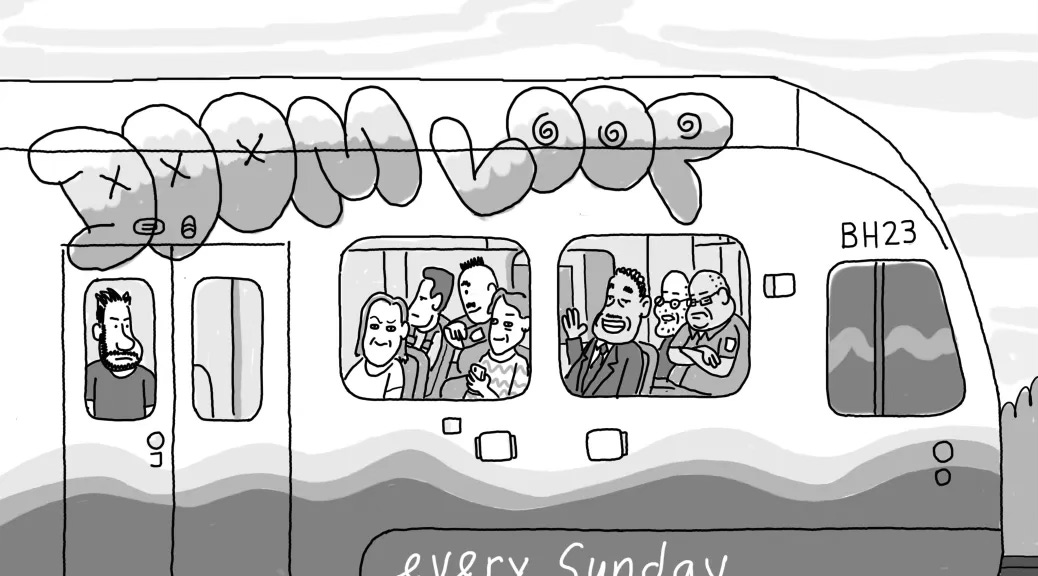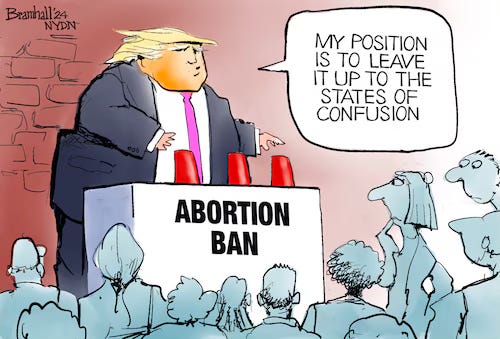A survey was recently conducted by The Associated Press-NORC Center for Public Affairs Research and with funding from The Associated Press and NORC at the University of Chicago.
Across 50 states and the District of Columbia, 1,204 respondents aged 18+ completed the survey. 75% of them live in an urban or suburban community. 71% are homeowners. 61% of them are white non-hispanic Americans.
59% are employed. 50% are non-evangelical Christians. 48% are married. 51% are female. 44% hold moderate values. 43% lean Democrat, 37% lean republican, and 20% don’t lean (aka Independent).
83% are registered to vote in the upcoming election.
This sampling of American voters think that a Trump presidency will benefit mostly higher-income, mostly Christian, mostly White, and mostly men. They think a Biden presidency will benefit mostly Muslims.
Biden, who one would think is a clear winner over Trump when it comes to: women voters, black or hispanic people, or the low-income hard-working average joe’s — well, this survey says that the sitting President has only a narrow edge over Trump.
Where the survey gets interesting is when they were asked about some of the key issues that matter most to the American people in 2024.
On the cost of health-care, they think neither Biden nor Trump will help improve it. I believe it. When was the last time you heard any of these candidates talk about reforming health-care? It’s been a while.
On the cost of living, they think Trump is considerably better than Biden. I guess this view comes from the flip-flopping “Bidenomics” when it comes to fed interest rates, or Biden’s war-funding politics, or probably his inability to get the judges to side with him on forgiving student loans.
On voting rights and election security, Biden seems to be only slightly better than Trump, and not the landslide win one would think given Trump’s history of incitements. Why is this even an issue we care about, I don’t even know.
On relations with other countries, both are equally bad for us, apparently.
On creating jobs, Trump fares slight better than Biden. The fact of the matter is that the Biden administration has managed to stabilize the economy. People have jobs and are spending enough, and it is due to that inflation is also stuck where it is, and the fed interest rates are not budging. Big Tech and AI are the threat to jobs.
On climate change, Biden does considerably better than the former president. I guess when Trump pulling out the stunt to pull out of the Paris Agreement, an international treaty on climate change that was adopted in 2015, it must make a lasting impression on these respondents.
On abortion laws, Trump is only slightly worse. Really? I wonder if these respondents slept through last week.
On immigration and border security, Trump does way better than Biden. So even though Biden helped put the finishing touches on Trump’s Mexican wall, the current administration is not winning any of these hearts with their open door policies and their lackluster security protocols.
Here’s the survey link. See if you can infer something a bit more optimistic that I did.
A doom loop describes a cycle, in which one negative factor begets another, which in turn worsens the first or creates a third.1
If this survey as many other recent surveys are any indication of how America is turning, then we are in what, I think, would be called a political doom loop.
St. Louis, MO is spiraling in a doom loop.
In case you missed last week’s news, they are talking about the coming of an urban doom loop.
All the major cities — NYC, LA, Boston, Chicago — all them that boomed in the 2010s are in doom of office and business closures in the cities.
Everyone’s watching STL closely, a city that has ignored all the signs over the past 10 years, despite its historic buildings shutting down, and its office skyscrapers being vacated. Investors are even reluctant to take on the risk of repurposing them into high-storied apartments because Missourians are moving away from the charm of downtown living.
"It's a classic chicken and egg kind of deal," Glenn MacDonald, a professor of economics at Washington University in St. Louis's Olin Business School, told the Journal. "People don't go there because there's nothing to do. There's nothing to do because people don't go there."2
It seems the attraction of urban city living is fading away in most big cities. More people prefer the flexibility of working from home or being close to home, to living in communities with a high walking score, where basic necessities are just a short walk or drive away.
Across the US, you’ll find dozens of smaller cities that offer all the trappings of a small town—fresh air, tree-lined streets, plenty of opportunities to use the word “quaint”—with enough metro area—containing all the culture, bars, and restaurants—to keep up with the big boys.3
The pundits say that if cities do not have a recovery plan to get out of their urban doom, an economic downfall is inevitable.
A survey conducted last year by the University of Toronto compared mobile activity data in the cities, then compared it with data they collected in 2019 for the same period. It tracks the recovery rate for 66 cities across America and Canada. Lower percentage = more doom. St. Louis ranks at the bottom at 53%. Click here to find out how doomed your city is.



